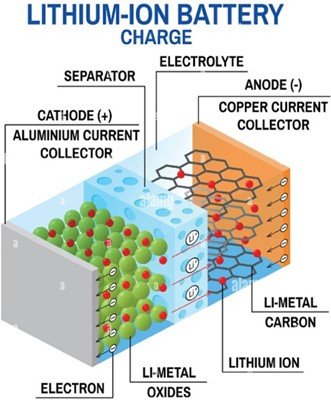Development of Safe Lithium-Ion Batteries Using PEO and PVDF in Electrolyte: A Review
DOI:
https://doi.org/10.70844/ijas.2025.1.15Keywords:
Engineered materials, Dielectrics, Plasmas, Engineering profession, Battery manufacturing, Lithium ion battery, Solid state batteryAbstract
Conventional lithium-ion batteries utilize liquid electrolyte which holds several safety issues including electrolyte leakage, internal short circuits, and explosion amongst other problems, which limits their use. Solid-state (SSEs) and gel-polymer (GPEs) electrolytes in lithium-ion batteries provide excellent safety efficiency and have been on the rise in the lithium battery industry. Poly (Ethylene Oxide) (PEO) and Poly (vinylidene fluoridehexafluoropropylene) (PVDF-HFP) are commonly used compounds in the electrolyte due to their excellent mechanical and electrochemical properties. This paper reviews the use of PEO and PVDF-HFP, along with other additives, in the electrolyte and assesses the battery performance on the metrics of crystallinity, ionic conductivity, discharge-specific capacity, capacity retention, and coloumbic efficiency. With the addition of boron nitride and polymerized dopamine in PVDF-HFP-based GPEs, the electrochemical metrics show promising results in replacing liquid electrolytes in the near future.
